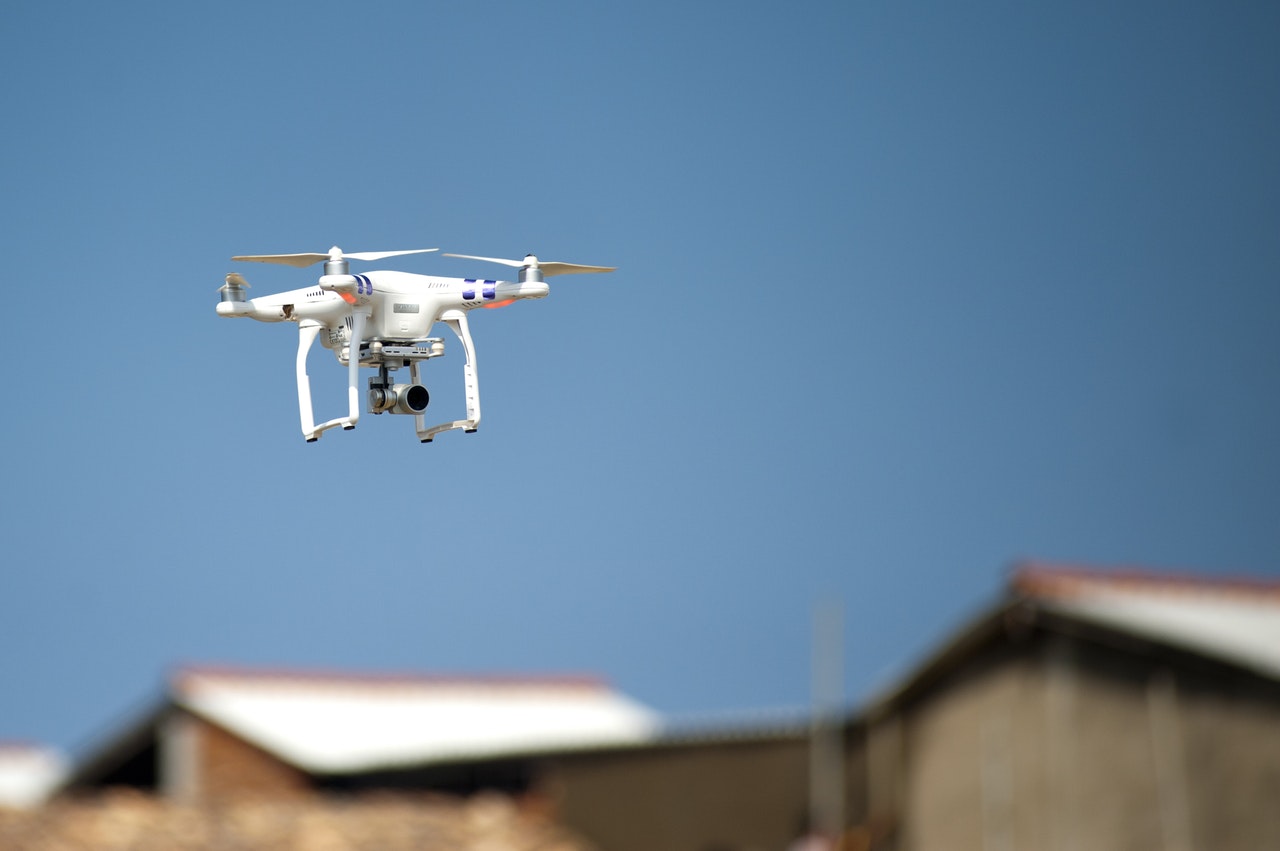13 facts on how you realize that your hotel’s digitalization is still in its infancy
- You print out every offer and every agreement (the incoming and the outgoing) and you file them in file folders.
- Your customers need to print out an order and personally sign it so that you can accept it. It does not matter to you that more and more customers must photograph the order to send it back to you by email.
- Your sales partner works with quotas, that you can only reduce or stock up by fax or telephone.
- To see a sales channel statistic, you need to go into, at least, three systems. Again, you will need a pocket calculator to make a comparison to the previous year.
- You have little or no interfaces between availability and your sales partners and you work with the manual method of entry of the availability or booking data.
- Your service employees still write the guest orders at the restaurant on a paper pad.
- Your conference salesperson still writes the requests on a piece of paper, needs to determine the total price with the calculator and needs about 20 minutes to create a simple offer.
- Your room rates are on a piece of paper on the wall over your PC.
- Your guests must come to the reception desk for the checkout.
- Your guests must call to book a massage appointment. Naturally, in the evening and at night no one picks up the phone.
- Your employees must call the reception from a landline when the reception has an order. In the pocket of the employee, something hums. Your website advertises with a self-dial
- Your chef de cuisine calculates the selling prices with a calculator or with an Excel table.
- You and perhaps also your employees, see always first the “reasons, why something isn’t working” and never ask the question: Does it fit our goals and what can I do personally, to make it function.
A typical error in reasoning is that you want to show digitally the processes as they are today.
Or in other words: to handle the actual and partly unnecessary processes with software.
- Example: Checking in of the guest. After the “digitalization”, the guest check-in takes place via a terminal in the lobby or with an app via the smartphone of the guest.
- Possible solution:
>The guest books a room and pays at the time of booking
> Code to open the door is sent immediately
> The guest simply goes to his room and the door closing system reports the arrival of the guest to the PMS.
Unclear objectives and the fear of the unknown
Problem 1: The objectives of digitalization must be clear and often they are not.
Problem 2: The fear of the new and perhaps of not being able to cope. In combination with the focus on “what could go wrong” and not focus on: “what I can contribute, so it will be a success”?
Examples of useful objectives in hotels
- For our guests, we identify all unnecessary time wasters and save much time through intelligent automation and digitalization. (During the booking, upon arrival, during the stay and departure).
- For our employees, we identify all unnecessary time wasters and save much time through intelligent automation and digitalization. They should use the expected free time for the next point.
- We plan innovations, new services, and competition delimitation, which are only reasonably feasible, thanks to good digitalization strategies.
- Our transparency must increase significantly. Bad reports must be replaced through good analysis available at the push of a button.
- Our selling coverage must constantly be expanded with perfectly yielded prices. Each year, we reduce the proportion of analog worked bookings.


